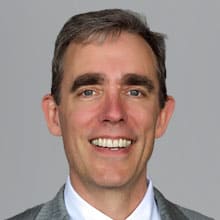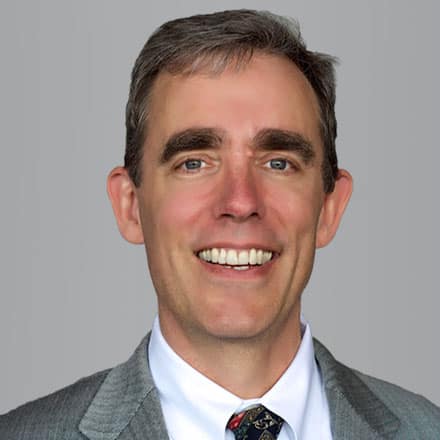Inside Angle
From 3M Health Information Systems
Why Would Anyone Care about Solo and Small Primary Care Practices?
Maybe solo primary care practices are dying, but so what?
This question led some folks at Mathematica Policy Research to look into solo primary care practice and the results are interesting.¹
They looked at a handful of states and found that the ratio of solo and very small practices varies quite a bit but represents a significant proportion of practices. While on average 13 percent of primary care physicians practice solo, this represents 46 percent of practices. 65 percent of practices have one or two physicians.
More interesting, but not surprising, is that smaller primary care practices are less likely to have at least one clinician identified as a “Meaningful User” by CMS or to achieve NCQA PCMH recognition:
| Sites with 1 clinician* | Sites with 2 clinicians | Sites with 3 or more clinicians | |
| Practices with at least 1 Medicare “Meaningful User” | 13% | 18% | 26% |
| Practices with NCQA PCMH recognition | 2% | 5% | 9% |
*Clinician = MD, NP, PA
While the contribution of Meaningful User and NCQA’s PCMH recognition program to important outcomes is questionable,² these results imply that smaller primary care practices will require different and additional support than larger practices and delivery systems.
But if solo and small practices require extra support and help, maybe we should urge them all to become part of larger health systems? Not so fast. There is some evidence that a smaller practice can achieve good outcomes³ and that larger, integrated systems might drive up costs4 with no improvement in quality.5
Many ACOs and vertically integrated systems are working to improve outcomes and reduce unnecessary costs, but there are compelling reasons to consider policies and programs that support solo and small primary care practices:
- Many parts of any state have a significant proportion of very small primary care practices
- Small practices can provide high-quality/low-cost care
- Larger practices may only drive up costs with no improved quality
- Because they make up a small part of total expenditure, a small percentage cost to the overall budget would be a dramatic increase in support for primary care
- High-performing primary care is the foundation of high-performing health care
L. Gordon Moore, MD, is senior medical director for populations and payment solutions at 3M Health Information Systems.
¹Peikes, Deborah N., and Stacy Berg Dale. “Solo Practitioners Remain Important Contributors to Primary Care.” The Journal of the American Board of Family Medicine 28, no. 1 (January 1, 2015): 7–10. doi:10.3122/jabfm.2015.01.140316.
² Cole, Evan S., Claudia Campbell, Mark L. Diana, Larry Webber, and Richard Culbertson. “Patient-Centered Medical Homes In Louisiana Had Minimal Impact On Medicaid Population’s Use Of Acute Care And Costs.” Health Affairs 34, no. 1 (January 1, 2015): 87–94. doi:10.1377/hlthaff.2014.0582.
³ Casalino, Lawrence P., Michael F. Pesko, Andrew M. Ryan, Jayme L. Mendelsohn, Kennon R. Copeland, Patricia Pamela Ramsay, Xuming Sun, Diane R. Rittenhouse, and Stephen M. Shortell. “Small Primary Care Physician Practices Have Low Rates Of Preventable Hospital Admissions.” Health Affairs, August 13, 2014, 10.1377/hlthaff.2014.0434. doi:10.1377/hlthaff.2014.0434.
4Berenson, R. A., P. B. Ginsburg, J. B. Christianson, and T. Yee. “The Growing Power Of Some Providers To Win Steep Payment Increases From Insurers Suggests Policy Remedies May Be Needed.” Health Affairs 31, no. 5 (May 7, 2012): 973–81. doi:10.1377/hlthaff.2011.0920.
5“Large Health Systems Drive Up Costs in Northern California – California Healthline.” Accessed January 13, 2015. http://www.californiahealthline.org/articles/2013/12/4/large-health-systems-drive-up-costs-in-northern-california.


